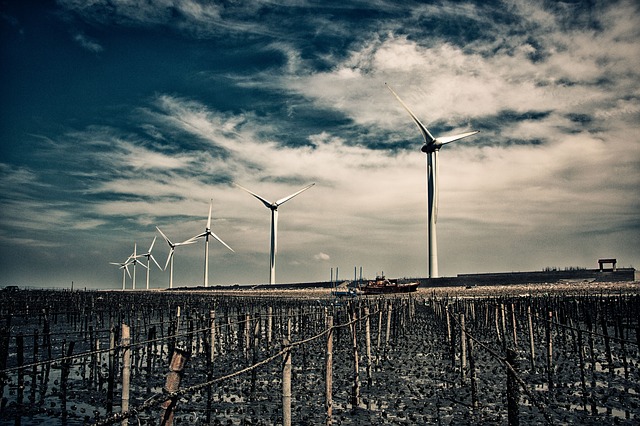In many areas, wind energy turns out to cheaper than coal-generated electricity as it has no environmental pollution effects. The costs to manufacture and install a wind farm are high, but the performance outweighs the costs within a few years. The manufacturers and designers are working to come with solutions that can reduce costs and enhance performance. The fact that wind farms replace fossil fuels for emission-free electricity has increasingly impact, and the growth rate has shown significant figures. An estimated result shows that by the end of the year 2050, the worldwide electricity production from wind farms will reach 29% from the current 4.4%.
Advantages of Onshore Wind Turbines: Onshore wind turbines are relatively easier to install, and costs for installation and operations cut down significantly compared to offshore farms. Management and maintenance costs of the plants and delivery also lower since the distance to deliver power to consumers also decreases. This also reduces the installation cost of the voltage steps up plants as the voltage drop-down also reduces. Compared to a coal-plants or a nuclear plant, the installation is less and can only take from a few months to a year to install an entire farm. There is almost no waste, and they create neither toxic gas nor radiation. They are mobile installations, meaning that if the farm is removed, the site can be recovered. Wind farms around the facilities do not conflict with agriculture or livestock farming.
Challenges In Onshore Wind Turbines: Many European countries and American states have developed integrated stations to couple the scattered turbine farming unit. This form of the scattered mode of integration, balancing and transmitting wind power on the spot, has a modest effect on the power grid. The power grid typically has a powerful structure and a good capacity to receive wind power where wind power grows rapidly. As a consequence, the integration of wind power usually has a marginal effect on the power grid.
A complete management system constituting technical standards and a general technology/equipment manufacturing guide, and an established wind farm integration maintenance is a huge challenge.
Generally, large wind power bases are located on the edge of power grids. Wind farm failures have a substantial effect on the energy grid due to the local power grid’s weak structure, the enhanced installed power capacity of the wind farm or installed wind power to be transported to the distributed voltage level, and the increasing power transmission distance centrally.
The planning, design, and operation of the wind farm management system have yet to be improved; the level of management of the wind farm operation is relatively low; the requirements, procedures, and specifications for the integration of the wind farms still need a lot more work.
Article by Salah M. Al for Epistle News



